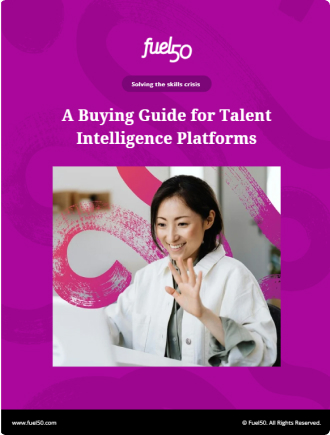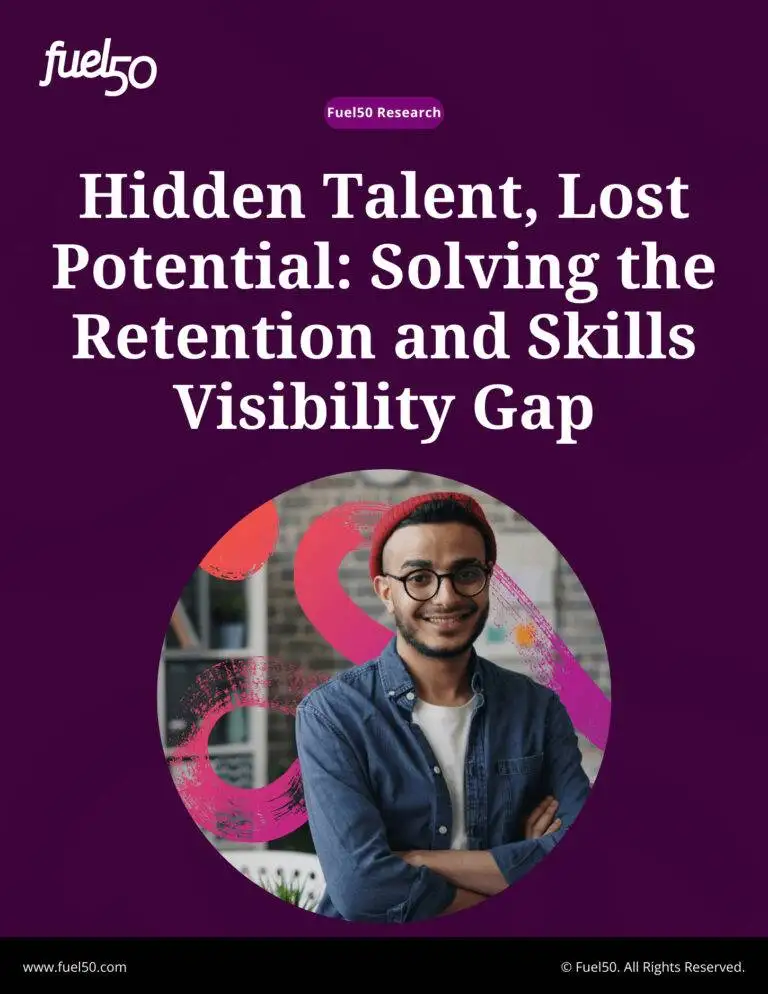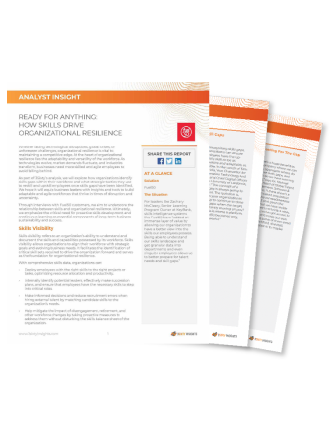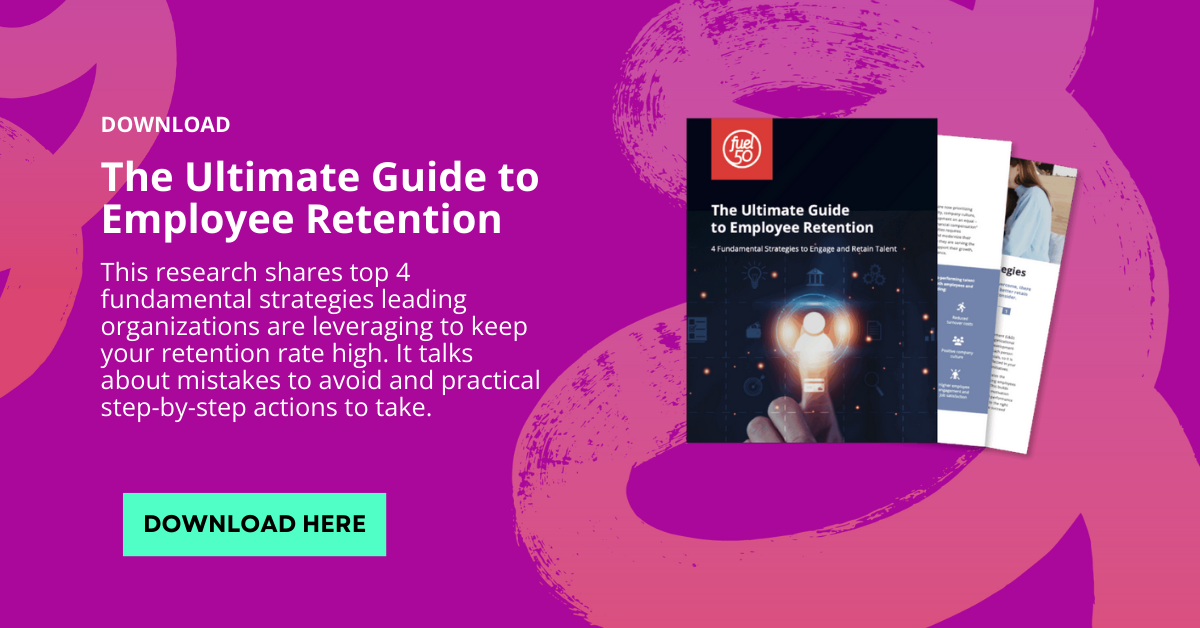Employees today are feeling the stress and burden that come with an ‘always-on’ work culture, leading to record numbers of burnout in the workplace. Deloitte research shows that 77% of employees have experienced burnout at their current job, and one of the main contributing factors is a lack of support and recognition from their leaders.
There is often an assumption that burnout is an individual problem and that employees should learn to say ‘no’ when overwhelmed with heavy workloads. However, according to HBR, the responsibility for managing burnout has shifted away from the individual and towards the organization. It’s now up to organizational leaders to address burnout in the workplace and build dedicated strategies to help alleviate employee stress and fatigue.
We Must Change the Way We Work
While burnout has been a common problem for decades, the COVID-19 pandemic exacerbated its impact to a whole new level. Despite many employees working from home, the pressure of juggling work and home life all at once took its toll. It changed the way we work completely – we went from having clear boundaries between our work and personal lives, to the two being intertwined. This fostered an ‘always-on’ culture that is still prevalent in many workplaces today.
Nick Holmes, VP of Employee Experience at Avalere Health (formerly known as Fishawack Health), points out that our productivity levels have gone through the scale but at the cost of employee health and wellbeing. He says, “The way we work right now is fundamentally broken. With what we’re experiencing, we’re on the cusp of another pandemic when it comes to burnout.”
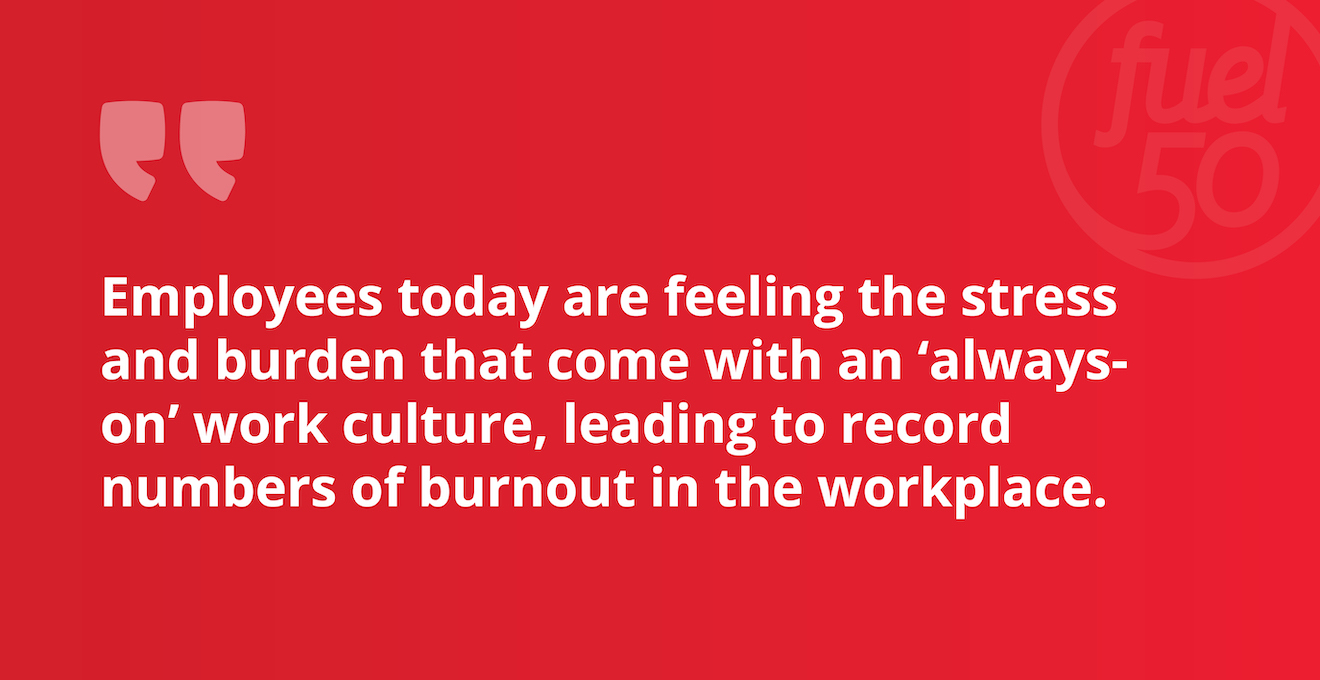
Burnout impacts all business areas. Once employees become overwhelmed with stress, the result is lower productivity, decreased engagement, hindered growth, and impeded success. Avalere Health’s recent employee survey found that there had been improvements in areas such as DEIB (Diversity, Equity, Inclusion, and Belonging) and employee learning and development. However, there were concerning results around the levels of stress and burnout among employees.
These results rang alarm bells for Nick Holmes and the team, validating the need to address the causes of burnout and create a strategy that prioritized employee health and wellbeing. Nick knew they needed to reinvent their wellbeing strategy from the ground up and fast, before it was too late. He explains, “If we don’t start addressing the way we’re working, then we’re going to burn out. We’re going to become physically unwell, and our mental health is going to deteriorate. That’s not good for anyone. … You have to act now to try and put more balance in the way you’re working and reinvest your energy, efforts and finance into the health of your people.”
Tackling Employee Burnout with Project Rebalance
To combat employee burnout, Nick Holmes introduced Project Rebalance, an initiative that empowered employees to manage their time effectively and prioritize their health and well-being. The project consisted of three distinct phases, discover them below.
Watch the full video here.
1. Reinventing meeting etiquette
Employees were often in back-to-back meetings that didn’t allow for healthy breaks. As part of Project Rebalance, Avalere Health introduced a new etiquette – no more 1-hour meetings. Instead, employees were encouraged to have only 20 or 50-minute meetings to allow for 10-minute breaks in between. Nick Holmes highlights, “That break is so important, because as we talk about reducing stress and burnout… the more recharge moments we have, the more rebalancing that comes.”
2. Giving employees time to spend on growth and development
Employees had been struggling to find time to engage in their own learning and development, especially on top of their existing workloads. Avalere Health began encouraging employees to spend time on activities other than their day-to-day tasks and projects. They started carving out protected time for employees to work on their growth and development, with increased support and encouragement from leaders to ensure employees could prioritize their growth journey.
3. Experimenting with healthier ways to work
Nick Holmes plans to continue experimenting and trialing new and healthier ways to work – such as providing sleep coaching, nutrition advice, and flexible ways of working – for employees at Avalere Health. Nick and the team are committed to finding new ways to help employees lead healthier lives, not only at work, but at home as well. Nick adds, “Health is not just about careers, but your mind, body, and soul. Rebalance is something that we’re hoping will help improve that.”
Avalere Health will continue to measure the impact of Project Rebalance on employees across the organization, tracking the reduction in sickness and absences and whether there are improvements in their well-being index. They will continue to garner employee feedback every six months to capture progress.
Furthermore, they are making ‘rebalance’ and ‘health’ a skills-based task that all leaders need to understand, embrace, and adopt. Nick elaborates, “One of the one of the ways that we’re tapping into Fuel50 is actually through our idea of making rebalance and health more of a skills-based task… as we start to build our skill ontology and evolve it even further, rebalancing is going to become a skill for leaders and people to adopt. It’s going to become a critical part of our DNA blueprint.”
Investing in Employee Health and Wellbeing is Critical
Prioritizing the health and wellbeing of your people benefits the individual, but it also impacts critical parts of your organization. When organizations invest in employee wellbeing, they often experience lower attrition, turnover, and burnout, as well as greater productivity, employee engagement, and job satisfaction – attributes that are imperative to any business’s bottom line. Not addressing burnout fast enough can have disastrous effects, so the time to act is now. Ask yourself – what are you doing to alleviate stress and burnout for your people?

